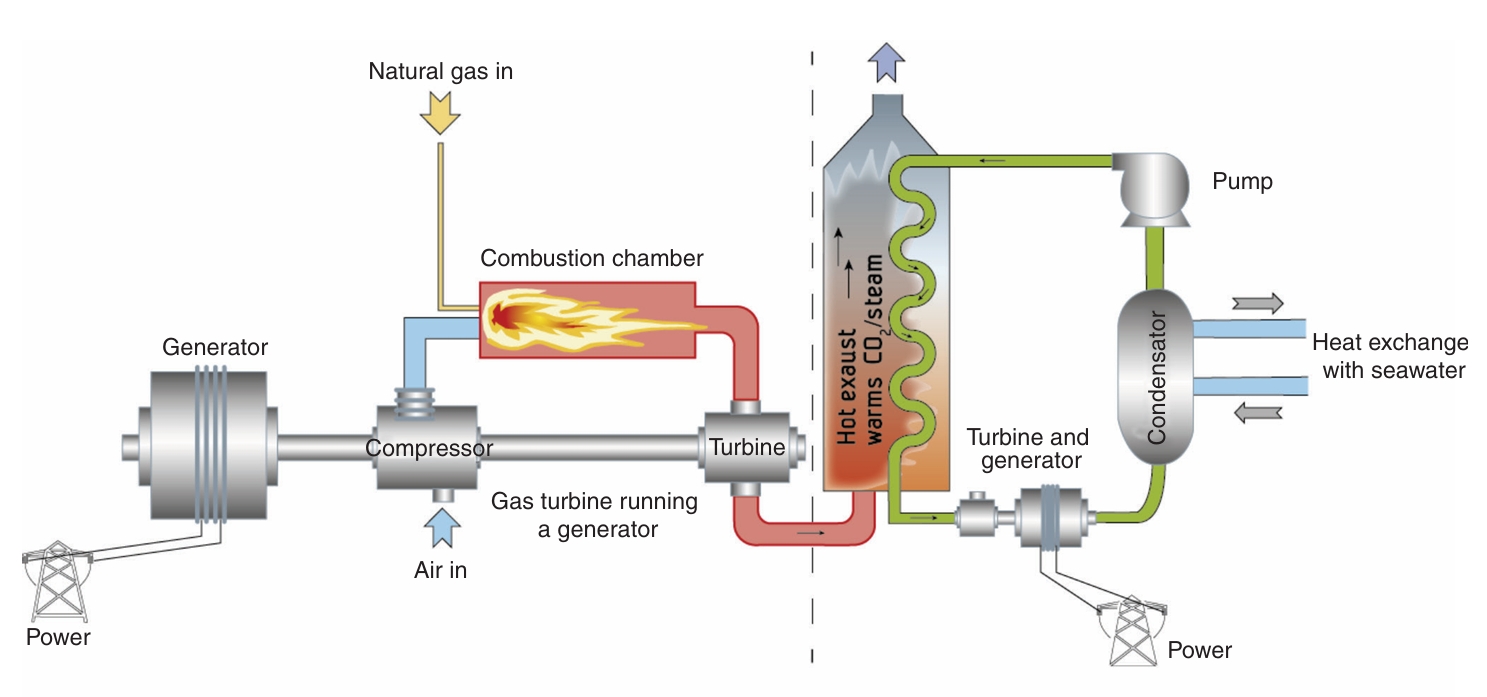
Offshore platforms face unique challenges in gas turbine (GT) operations, where salt-laden air, space constraints, and relentless operational demands drive efficiency losses costing millions annually. A Dana Petroleum case study starkly reveals the consequences: a platform grappling with 14% turbine efficiency due to oversized, fouled turbines in harsh North Sea conditions 2. This article dissects the twin pillars of offshore GT optimization: advanced combustion tuning and precision compressor washing. Supported by real-world data and technical insights, we provide a roadmap to reclaim 5-15% output losses endemic to marine environments while meeting tightening emissions standards.
Principles and Parameters
Combustion tuning dynamically adjusts fuel distribution and flame geometry to optimize heat release while minimizing emissions. Key control variables include:
Modern systems like Sulzer’s CATS (Combustion Auto-Tuning System) use live sensor data to balance these parameters dynamically. In Jiangsu Province, China, CATS slashed NOx from 45 mg/m³ to 27 mg/m³ (below the 30 mg/m³ regulatory limit), bypassing $2M SCR system retrofits 9.
Offshore-Specific Tuning Challenges
Salt aerosols alter flame conductivity, while platform motion impacts fuel atomization. GE’s Autonomous Tuning software counteracts this via AI-driven adjustments every 2 seconds, proven to cut fuel use by 0.5-1% and NOx by 12% on LM6000 turbines 13.
Table: Combustion Tuning Methods Comparison
| Method | NOx Reduction | CO Reduction | Implementation Cost |
|---|---|---|---|
| Manual Seasonal Tuning | 10-15% | Variable | $137k/year OPEX |
| SCR After-Treatment | >90% | Minimal | $2M CAPEX + $685k/year |
| Auto-Tuning (e.g., CATS) | 25-30% | Up to 14% | ~$685k CAPEX |
Mechanisms of Fouling
Offshore GT compressors ingest air saturated with sea salt, hydrocarbons, and mineral dust. As air accelerates through stages:
AAF International studies show unfiltered offshore turbines require offline water washing every 250-500 hours, costing 24+ production days/year 12.
Filtration: The First Line of Defense
Multi-stage systems are non-negotiable:
BP Clair Ridge achieved zero offline washes for 8,000 hours after retrofitting Camfil’s CamGT 3V-600 filters—a solution engineered for 600 Pa salt spray resistance 1012.
Online Washing (While Operating)
Offline Washing (During Shutdown)
Table: Washing Strategy ROI Analysis
| Metric | Online Washing | Offline Washing |
|---|---|---|
| Output Recovery | 1-3% | 5-15% |
| Frequency | Daily | Every 250-500 hrs |
| Duration | 20-60 mins | 6-12 hours |
| Annual Revenue Impact* | $120k | $800k |
| *Assumes 40MW turbine @$50/MWh, 8,000 hrs/yr |
Performance Health KPIs
Advanced Monitoring Tools
Sulzer’s CATS interface exemplifies integration—displaying real-time NOx, dynamics, fuel heat values, and humidity to inform adjustments 9.
Synergistic Workflow
Quantified Outcomes
Conclusion: The Efficiency Trinity
Offshore gas turbine optimization demands integrated mastery of combustion dynamics, fouling control, and data-driven monitoring. As emissions regulations tighten (e.g., Jiangsu’s 30 mg/m³ NOx limits), reactive maintenance becomes untenable. The new paradigm combines:
Implementing this trinity unlocks 5–10% power recovery, 20+% emission reductions, and six-figure OPEX savings—transforming turbines from reliability liabilities into profit centers.